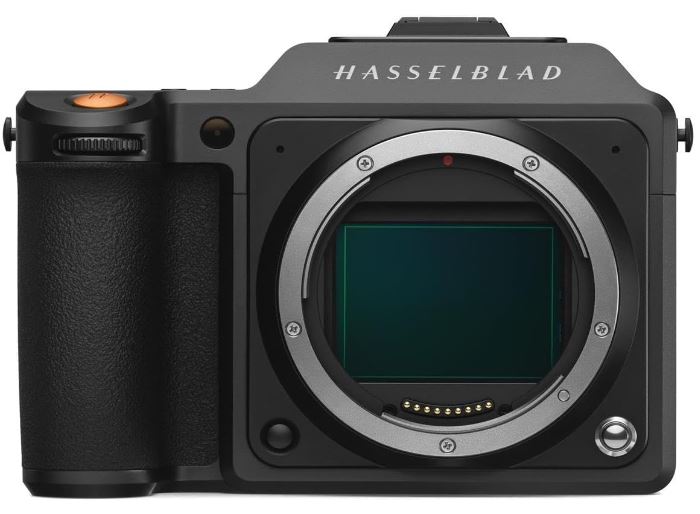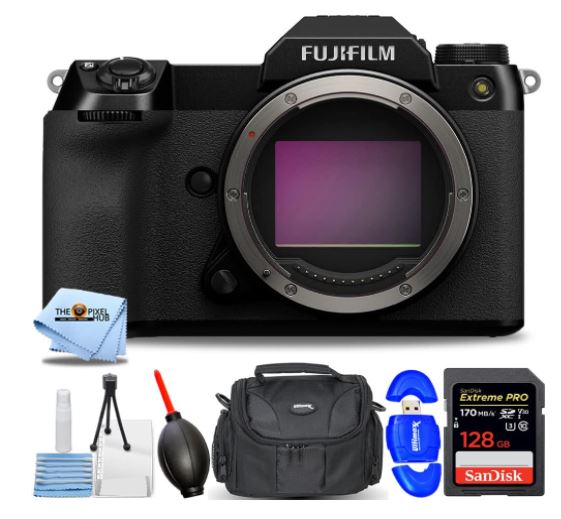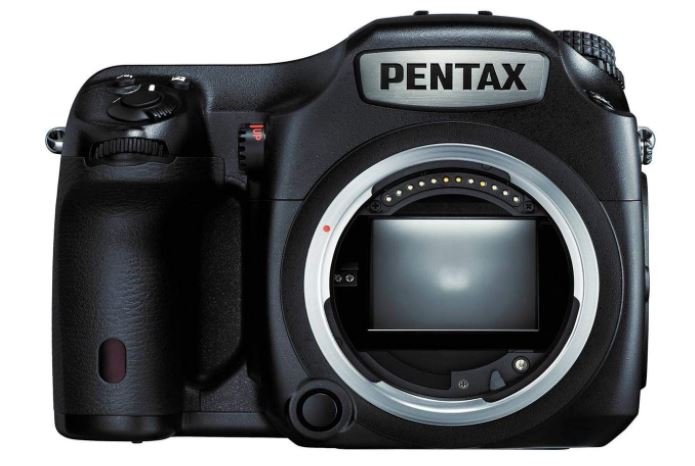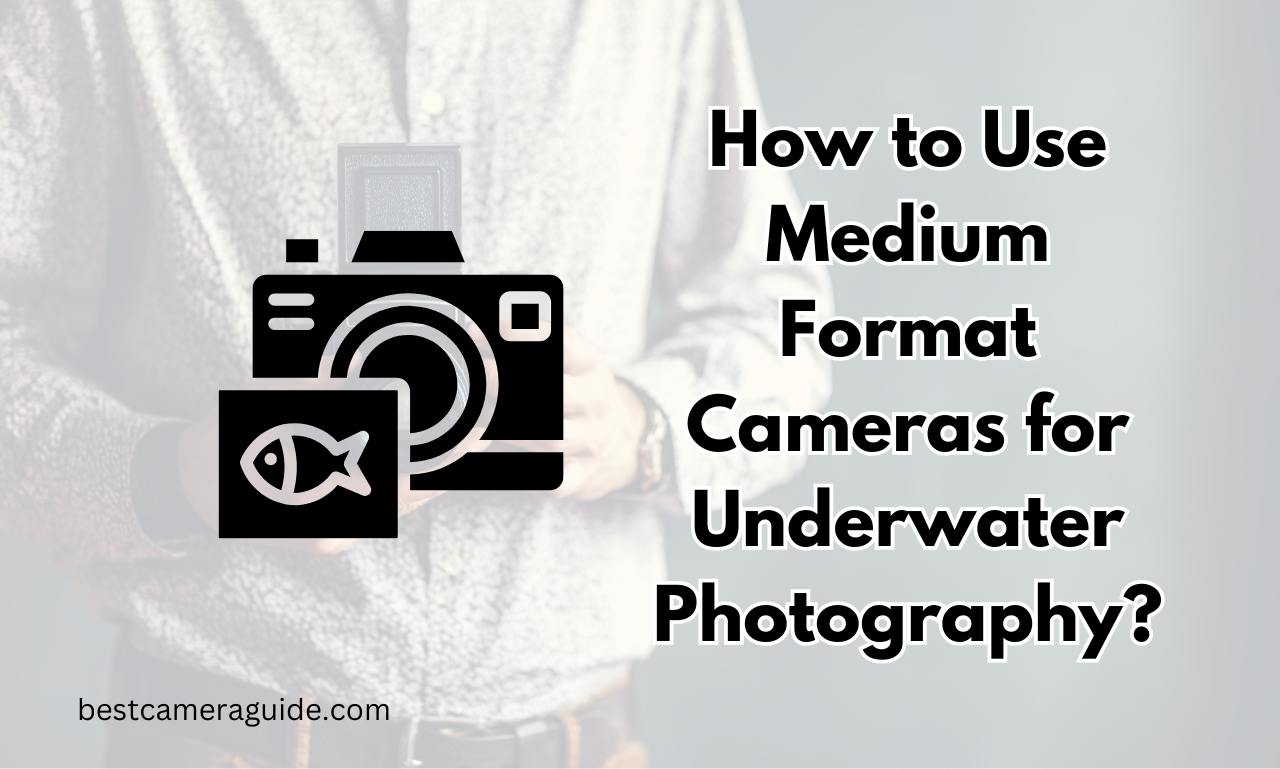Underwater photography has always fascinated both amateur and professional photographers. The ability to capture the vibrant life and serene landscapes beneath the water’s surface requires not only skill but also the right equipment. Medium format cameras, known for their high resolution and superior image quality, offer distinct advantages for underwater photography.
In this comprehensive guide, we will explore how to effectively use medium format cameras for underwater photography, ensuring you achieve stunning and high-quality images.
Keep Reading: optimize medium format video recording
Understanding Medium Format Cameras
| Image | Product | Price |
|
Our Pick
1

|
Hassel X1D |
|
|
2

|
Fujifilm GFX |
|
|
3

|
Pentax 6457 |
Medium format cameras are renowned for their larger sensors compared to traditional full-frame or crop sensor cameras. This larger sensor size results in greater detail, richer colors, and superior dynamic range. When adapted for underwater photography, medium format cameras can significantly enhance the quality of your images.
Why Choose Medium Format for Underwater Photography?
- Higher Resolution: Medium format cameras provide exceptional resolution, allowing you to capture minute details and intricate textures in underwater environments.
- Improved Color Accuracy: The advanced sensor technology in medium format cameras ensures accurate color reproduction, which is crucial for depicting the natural hues of underwater scenes.
- Better Dynamic Range: Medium format sensors excel in capturing a broad range of tones from the darkest shadows to the brightest highlights, which is particularly useful in underwater settings with varying light conditions.
Choosing the Right Medium Format Camera for Underwater Photography
When selecting a medium format camera for underwater photography, consider the following factors:
1. Camera Body Specifications
Choose a medium format camera body that offers a high resolution (typically 50MP or higher) and excellent low-light performance. Models with weather-sealed bodies or those compatible with underwater housings are ideal.
2. Lens Compatibility
Ensure the camera you select has a range of compatible lenses suitable for underwater use. Wide-angle lenses are often preferred for capturing expansive underwater scenes, while macro lenses are essential for close-up shots of marine life.
3. Underwater Housing
Invest in a high-quality underwater housing specifically designed for your medium format camera model. The housing should be durable, leak-proof, and equipped with controls that allow you to operate the camera functions underwater. Brands like Nauticam, Ikelite, and Subal offer excellent options.
Preparing Your Medium Format Camera for Underwater Photography
Proper preparation is key to ensuring your medium format camera performs optimally underwater. Follow these steps to get your camera ready:
1. Assemble and Test the Equipment
Before your underwater shoot, assemble your camera and housing. Test all controls to ensure they function correctly. Familiarize yourself with the housing’s controls and practice using them in a pool or shallow water to gain confidence.
2. Check for Leaks
Inspect the underwater housing for any signs of leaks. Perform a dry test by submerging the housing in a bucket of water and checking for any signs of water ingress. Ensure that all seals and O-rings are properly lubricated and in good condition.
3. Set Up the Camera
Configure your camera settings based on the underwater environment. Medium format cameras typically offer advanced manual controls, which allow you to adjust settings such as aperture, shutter speed, and ISO. Set your camera to manual mode and adjust these settings to suit the lighting conditions and the subject you are photographing.
Techniques for Effective Underwater Photography
Using a medium format camera underwater requires specific techniques to ensure the best results. Here are some tips to help you capture stunning underwater images:
1. Master the Art of Lighting
Underwater lighting can be challenging due to the absorption and scattering of light in water. Use external strobes or underwater flash units to provide adequate illumination. Position your strobes at a 45-degree angle to reduce backscatter and create even lighting.
2. Utilize Wide-Angle and Macro Lenses
Wide-angle lenses are ideal for capturing expansive underwater landscapes and schools of fish. Macro lenses are perfect for close-up shots of small marine creatures, allowing you to highlight intricate details and textures.
3. Maintain Proper Buoyancy
Proper buoyancy control is essential for stable and clear underwater shots. Use buoyancy compensators or weight systems to maintain neutral buoyancy, which helps you avoid stirring up sediment and ensures steady camera positioning.
4. Focus on Composition
Composition plays a crucial role in underwater photography. Use techniques such as the rule of thirds to frame your shots effectively. Pay attention to the background and foreground elements to create a balanced and visually appealing image.
5. Adjust for Color and Light
Underwater environments often have limited natural light and can alter color perception. Use a custom white balance setting or apply color correction filters to compensate for color shifts and ensure accurate color representation in your photos.
Post-Processing Medium Format Underwater Images
Even with a medium format camera, post-processing is essential for achieving the final polished look of your underwater images. Here are some post-processing tips:
1. Correct Color Balance
Adjust the color balance to correct any color casts introduced by the underwater environment. Use photo editing software to fine-tune colors and enhance the vibrancy of your images.
2. Enhance Details
Medium format images have exceptional detail, but post-processing can further enhance textures and sharpness. Use tools to adjust sharpness, clarity, and contrast to bring out the finer details in your photos.
3. Remove Backscatter
Backscatter, or the appearance of particles suspended in the water, can detract from the quality of your images. Use editing software to remove or reduce backscatter and improve image clarity.
Conclusion
Using a medium format camera for underwater photography allows you to capture breathtaking images with exceptional detail and color accuracy. By selecting the right equipment, preparing your camera properly, and employing effective underwater photography techniques, you can achieve stunning results. Embrace the challenges and opportunities that underwater photography presents, and let your medium format camera help you explore the wonders of the underwater world.

